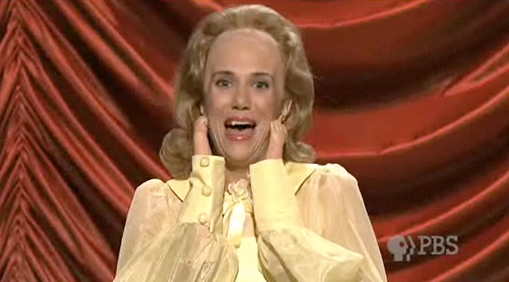
"
Young Adult...focuses on Mavis Gary (Charlize Theron), a former high school queen who escaped the confines of her small Minnesota town in favor of 'big city' life in Minneapolis. Although blessed with killer looks and a successful career ghostwriting a popular teen novel series, life hasn’t gone the way that Mavis planned: her husband left her, her books have fallen out of favor, and she spends her few conscious hours a day struggling with writer’s block and guzzling down an alternating mixture of booze and Diet Coke, while losing herself in the TV exploits of the Kardashian sisters.
Mavis is eventually broken out of her self-made purgatory by a chain-email from her high school sweetheart, Buddy Slade (Patrick Wilson), announcing the birth of his daughter. One look at Buddy’s happy world is enough to set Mavis off, so she packs her bag and her purse-sized doggy and hops in her MINI Cooper headed back home to her small-town roots. Her mission: win Buddy back and live happily after." (
Screenrant.com)
Young Adult follows the outline of a journey narrative in terms of plot, setting, and character development. Mavis begins in the "big city" life of Minneapolis, goes back to her hometown of Mercury, then returns to the city once she realizes her goals are unobtainable and that she is better than her small-town past. The film concludes with Mavis finishing the last chapter of her novel, in which the main character realizes her potential as an adult and, like Mavis, prepares to live a new life.
The format of a journey narrative is prevalent in Young Adult, as demonstrated by the film's plot:
(A) Mavis begins in Minneapolis, the "big city" where she is discontent with her life.
[Turning point: Mavis reads an email announcing the birth of her high school sweetheart's baby, and decides she needs to go home and win him back.]
(B) Mavis heads back to her Minnesota hometown, desperate to win back her ex in an attempt at self-worth.
[Development of conscience: Mavis realizes that she is better than her hometown and concludes the last chapter of her novel, in which the narrator realizes her own potential.]
(A) Mavis leaves her hometown and goes back to Minneapolis, ready to begin her new life as an adult.
[A more detailed plot summary can be found at the film's
Wikipedia page.]

